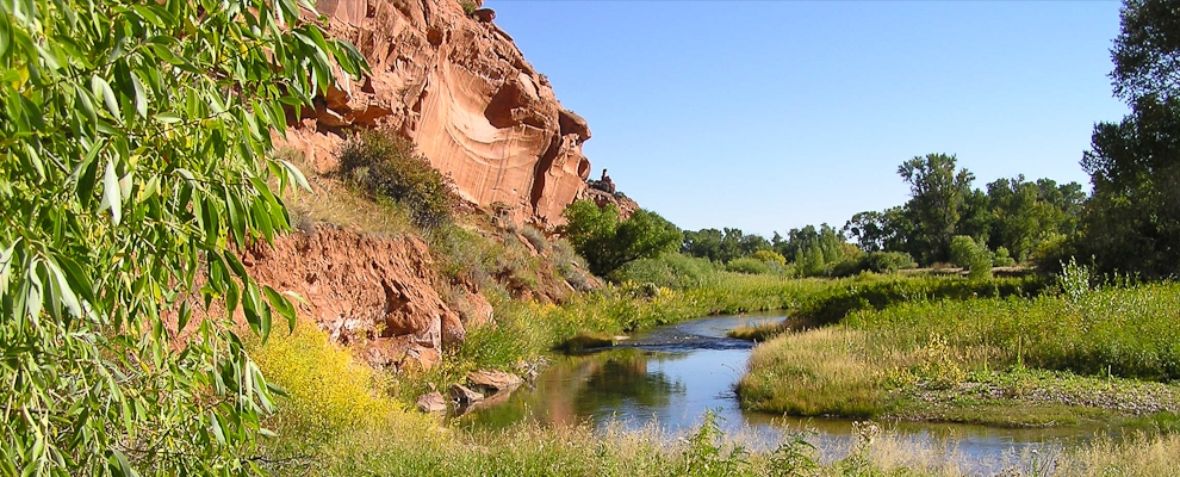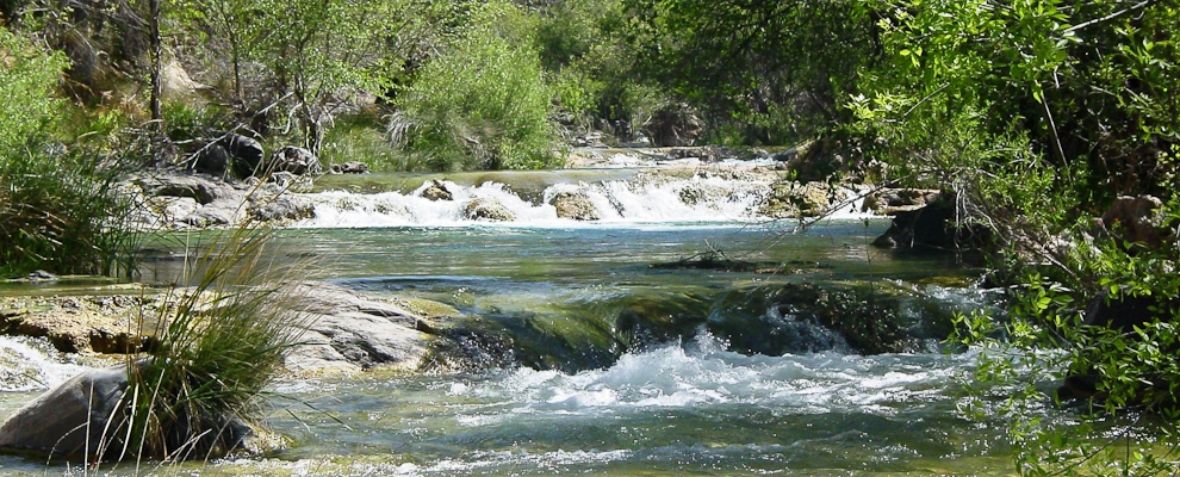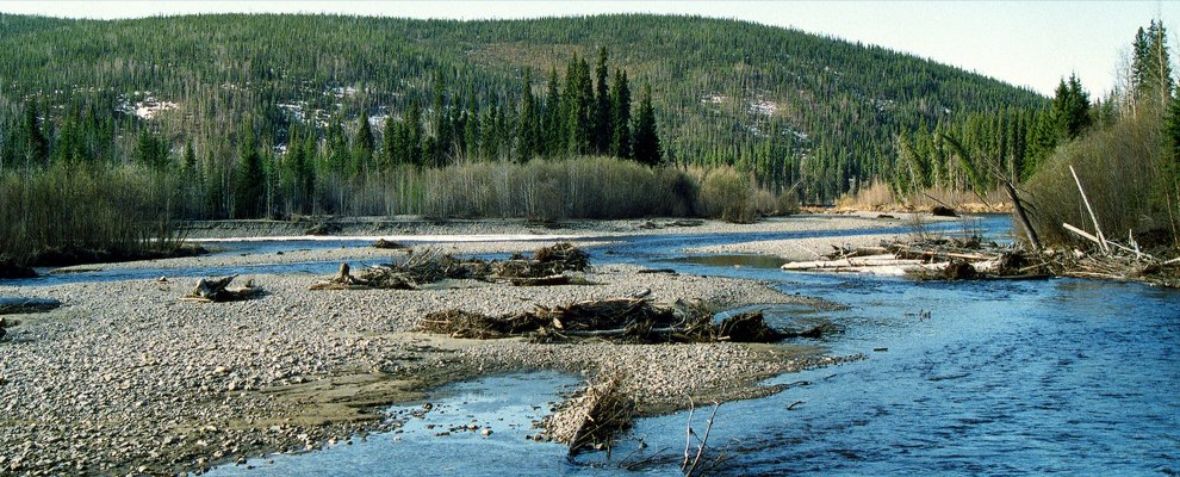| Mission | Vision | Principles | Connect | |||
|---|---|---|---|---|---|---|
| The mission of the IFC is to improve the effectiveness of state, provincial, and territorial instream flow and water level programs and activities in conserving (protecting, maintaining, and restoring) aquatic ecosystems. | The vision of the IFC is that each water body in Canada and the United States has flow and water level regimes that sustain ecological integrity. | The work of the IFC is grounded in our public trust responsibility to conserve the integrity of natural aquatic ecosystems, not just for intrinsic reasons, but for the societal values these ecosystems provide. |
Instream Flow and Water Level Conservation (IFWLC) Training, Research and Development Center Multistate Conservation Grant Project (MSCG)*
*for the development of the National Center for Ecologically Sustainable Water Conservation and Management (Center)
View background and updates on the TRAINING CENTER page
The October 2023 IFWLC Center Feasibility Assessment Report establishes the need, support, strategies, and pathways forward to develop the Center.
|
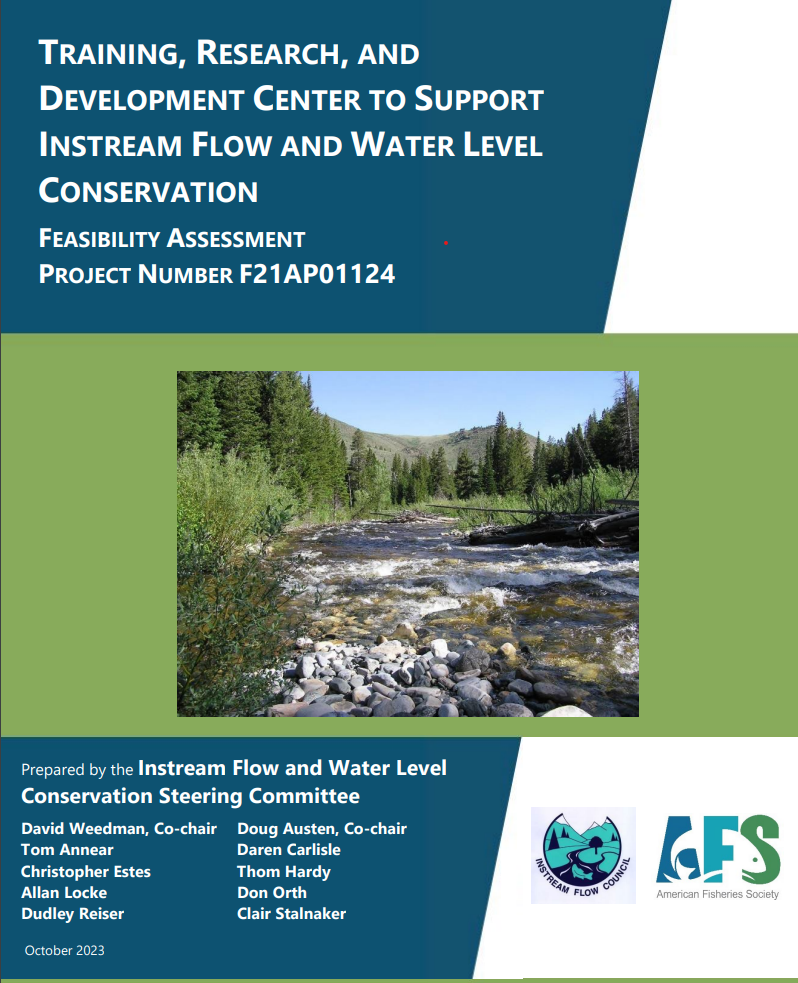 |
International Instream Flow Program Initiative
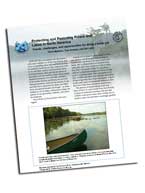
The International Instream Flow Program Initiative summarizes the status and growth of state and provincial instream flow programs over a ten-year period. The report was written to condense the information in the full IIFPI report and previous IFC books into a relatively short feature article-type document for the general public with the hope that it might be easier to read and understand than the books and reports upon which it’s based. The lead author for this document was Chris Madson who is the editor and publications supervisor of the Wyoming Wildlife magazine.
Click here for more information
Suggested citation:
Annear, T., D, Lobb, C. Coomer, M. Woythal, C. Hendry, C. Estes, and K. Williams. 2009, International Instream Flow Program Initiative, A Status Report of State and Provincial Fish and Wildlife Agency Instream Flow Activities and Strategies for the Future, Final Report for Multi-State Conservation Grant Project WY M-7-T. Instream Flow Council, Cheyenne, WY
Integrated Approaches to Riverine Resource Stewardship: Case Studies, Science, Law, People, and Policy
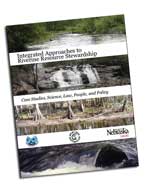
Authored by nine instream flow specialists from agencies in the U.S. and Canada, as well as a legal expert from the University of Nebraska, this book provides a detailed description of several case studies of riverine ecosystem management throughout North America as well as several other related topics. In addition to the detailed descriptions of eight case studies, you will also find examples of monitoring techniques and adaptive environmental assessment and management.
Click here for more information
Available at the American Fisheries Society bookstore
Suggested citation:
Locke, A, C, Stalnaker, S. Zellmer, K. Williams, H, Beecher, T, Richards, C. Robertson, A. Wald, A Paul and T. Annear. 2008. Integrated Approaches to Riverine Resource Management: Case Studies, Science, Law, People, and Policy. Instream Flow Council, Cheyenne, WY. 430 pp
Instream Flows for Riverine Resource Stewardship
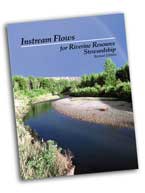
The revised edition of “Instream Flows for Riverine Resource Stewardship” is a comprehensive and in-depth treatment of the science, legal, institutional, and public policy aspects of instream flows. The first edition was published in March 2002 and sold out two printings without any promotion. Agency managers, consultants, academicians, legal experts, and libraries all found the book a valuable resource. In response to the many positive comments received, the revised edition was published in 2004 to add new text, reorganize the content, and provide over 100 illustrations to better describe the concepts of instream flow management.
Click here for more information
Available at the American Fisheries Society bookstore
Suggested citation:
Annear, T., I. Chisholm, H. Beecher, A. Locke, P. Aarrestad, C. Coomer, C. Estes, J. Hunt, R. Jacobson, G. Jöbsis, J. Kauffman, J. Marshall, K. Mayes, G. Smith, R. Wentworth, and C. Stalnaker. 2004. Instream Flows for Riverine Resource Stewardship, Revised Edition. Instream Flow Council, Cheyenne, WY. 268 pp.

Managing Rivers, Reservoirs, and Lakes in the Face of Drought
Practical Tools and Strategies for Sustaining and Protecting Ecological Values of Water
Fort Collins, Colorado April 24-26, 2018
Thank you to all speakers and attendees who helped make FLOW 2018 a success!
Recorded presentations are available to download.
IFC Home Page | Center Project Updates Page | RFIQ Process Page

